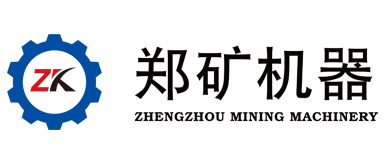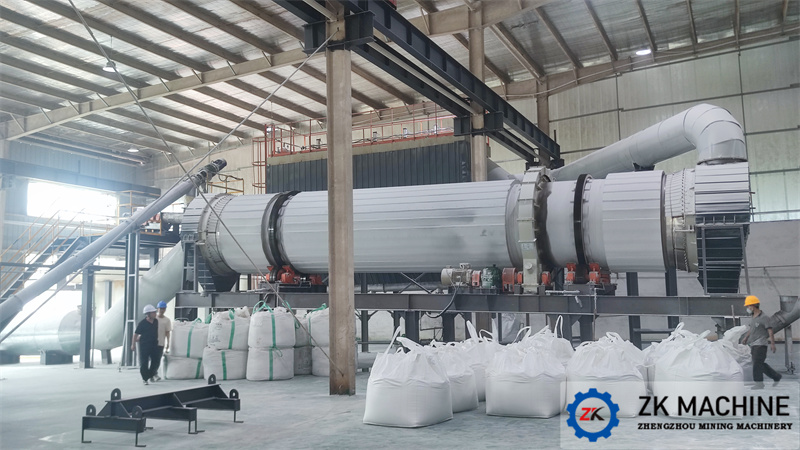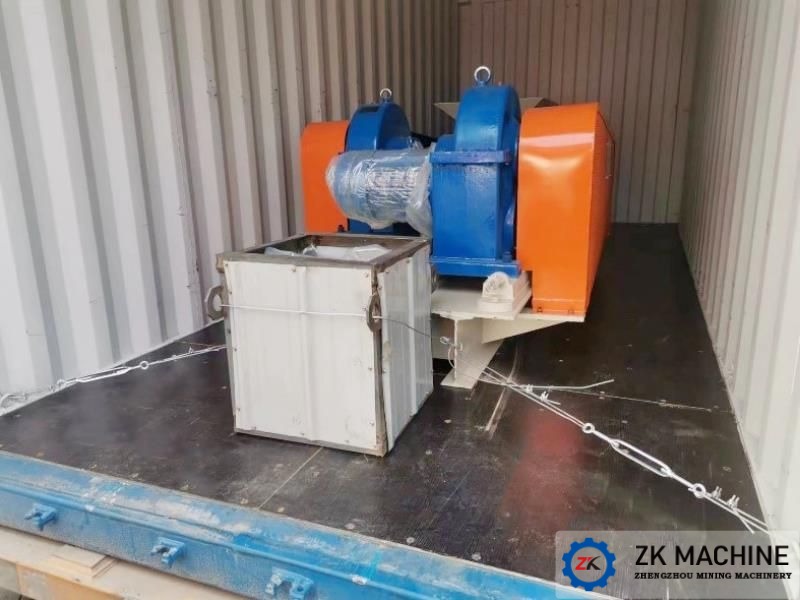"Zinc Slag Alchemy": How does the Secondary Zinc Oxide Rotary Kiln turn Waste into Treasure?
Amidst the surge in industrial production and resource recycling, the secondary zinc oxide rotary kiln, with its high efficiency and environmentally friendly technology, has become a "green pearl" in the zinc smelting industry. It not only transforms industrial waste into high-value-added products but also promotes sustainable development of the industry through its low-carbon process. Today, let's unveil this equipment and explore its core technology and application value.
1. Zinc Oxide Rotary Kiln: "Resource Alchemy" under High Temperature
The crude zinc oxide rotary kiln is a core piece of equipment for processing zinc-containing materials through high-temperature calcination. Its principle is based on the physical and chemical properties of zinc compounds. Within the kiln, at temperatures of 1100-1250°C, the zinc in zinc-containing slag (such as steelmaking dust and lead-zinc slag) reacts with a reducing agent (such as coke) to produce crude zinc oxide and gaseous products. This process not only enables efficient zinc recovery but also simultaneously extracts valuable metals such as lead and cadmium, truly achieving "full utilization."
Technical Highlights:
Selective Reduction: Zinc's low boiling point (907°C) allows it to volatilize preferentially in a reducing atmosphere, where it is then oxidized to produce secondary zinc oxide dust, achieving precise separation.
Waste Heat Utilization: A waste heat boiler is installed at the kiln tail to recover heat from high-temperature flue gas for power generation or heating, reducing energy consumption by over 15%.
Intelligent Control: Hydraulic dampers and infrared scanners are used to monitor the calcining zone temperature in real time to ensure process stability.
2. From waste to treasure: Zinc suboxide's "road to rebirth"
The secondary zinc oxide rotary kiln process integrates physical calcination and chemical reactions to form a closed-loop production chain:
Raw material pretreatment: Zinc-containing waste slag (such as steel mill fly ash and ferromanganese slag) is mixed with coke in appropriate proportions to form 8-15mm pellets to improve reaction efficiency.
High-temperature calcination: The material undergoes three stages within the kiln: drying, medium-temperature reduction, and high-temperature oxidation. Zinc vapor combines with oxygen to form secondary zinc oxide, which enters the dust collection system along with the flue gas.
Environmental treatment: The flue gas undergoes surface cooling, pulse dust removal, desulfurization, and denitrification before meeting emission standards. The dust recovery rate exceeds 95%. The slag is then quenched with water for downstream utilization, achieving zero pollution.
Application scenarios:
Metallurgical industry: Recovery of valuable metals from lead-zinc slag and hydrometallurgical zinc slag.
Environmental protection: Treatment of hazardous industrial waste (such as zinc-containing sludge and electronic waste) to reduce environmental impact.
New material manufacturing: Production of rubber reinforcing agents, ceramic glazes, electronic components, etc.
3. The "Hard Core Advantage" of Zinc Oxide Rotary Kiln
High Efficiency and Energy Saving: A waste heat boiler is used to recover heat from high-temperature flue gas (efficiency ≥ 65%).
Intelligent Operation and Maintenance: Equipped with a DCS control system, the kiln speed, air volume, and temperature are adjusted in real time, with fault warning accuracy exceeding 90%.
A hydraulic throttle device extends equipment life and reduces annual maintenance costs by 20%.
Environmental Compliance: Flue gas undergoes four-stage treatment, with dust emissions ≤ 10mg/m³ and SO₂ ≤ 35mg/m³, complying with the "Hazardous Waste Incineration Pollution Control Standard" (GB18484-2020).
4. Future Outlook: The "Kiln Revolution" of Green Intelligent Manufacturing
As the "dual carbon" goals advance, sub-zinc oxide rotary kilns are accelerating their upgrades toward intelligent and low-carbon development.
Digital twin technology: Optimizing calcination parameters through virtual modeling reduces energy consumption by another 10%.
Conclusion: Sub-zinc oxide rotary kilns are not only a "converter" for resource recycling but also a "booster" for industrial green transformation. Through technological innovation, they address the challenge of balancing environmental protection and profitability, opening up a new path for sustainable development in energy-intensive industries. In the future, with technological advancements and policy support, this equipment will shine even brighter in the global resource recycling sector.
Consult now: Get a customized sub-zinc oxide rotary kiln solution and begin your journey into green intelligent manufacturing!




